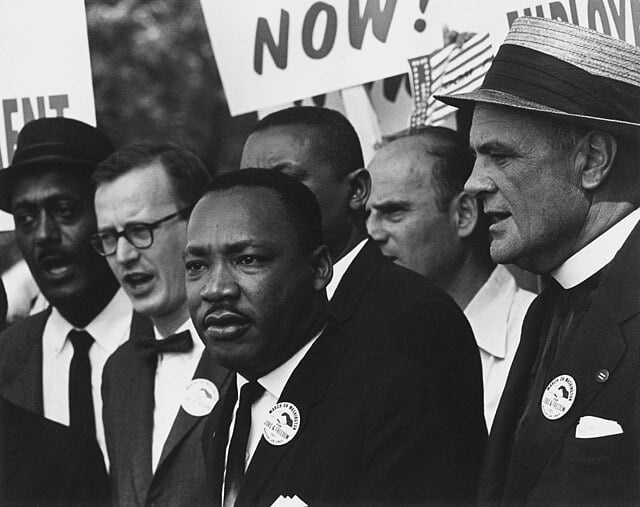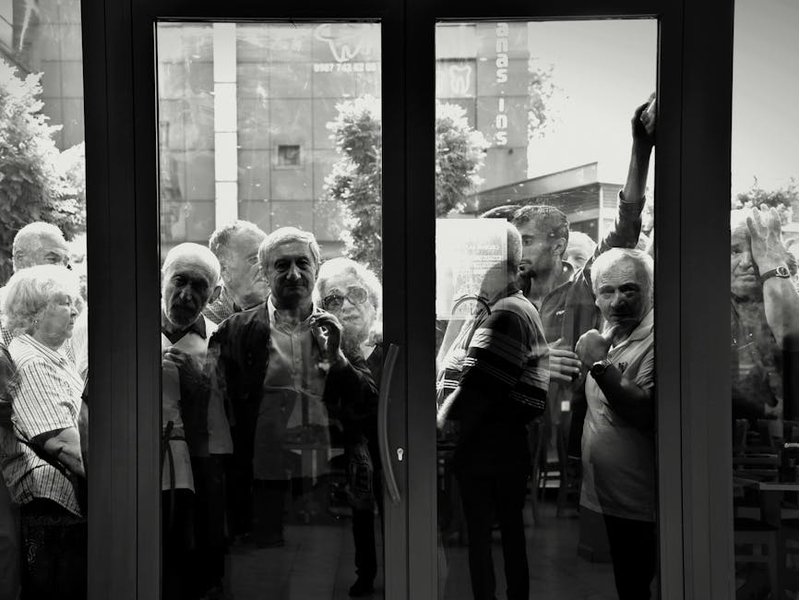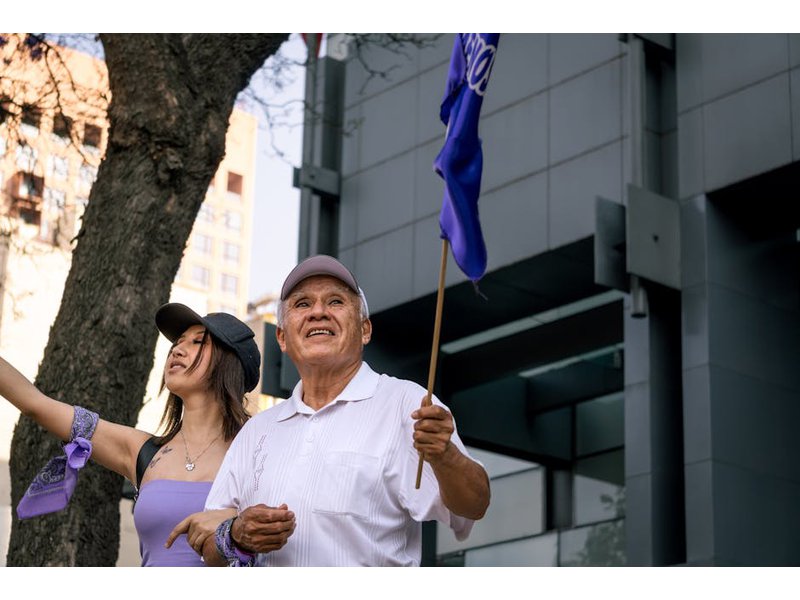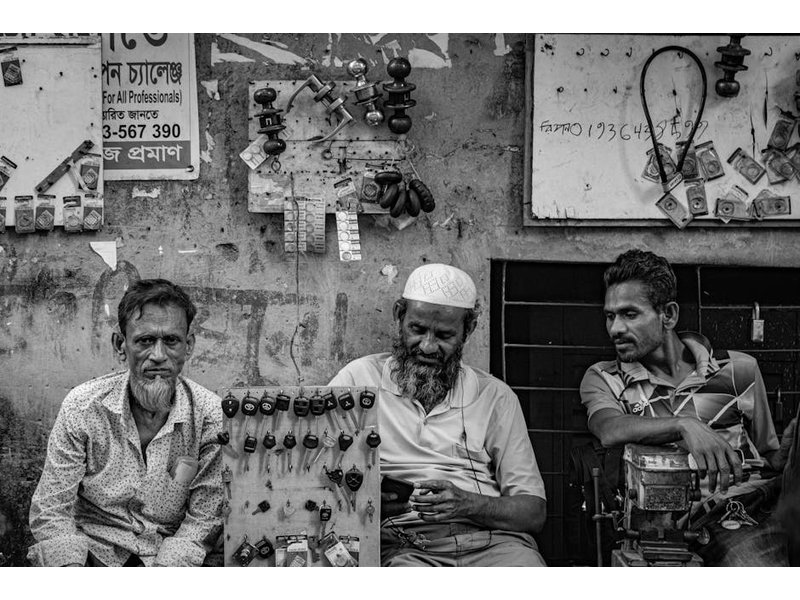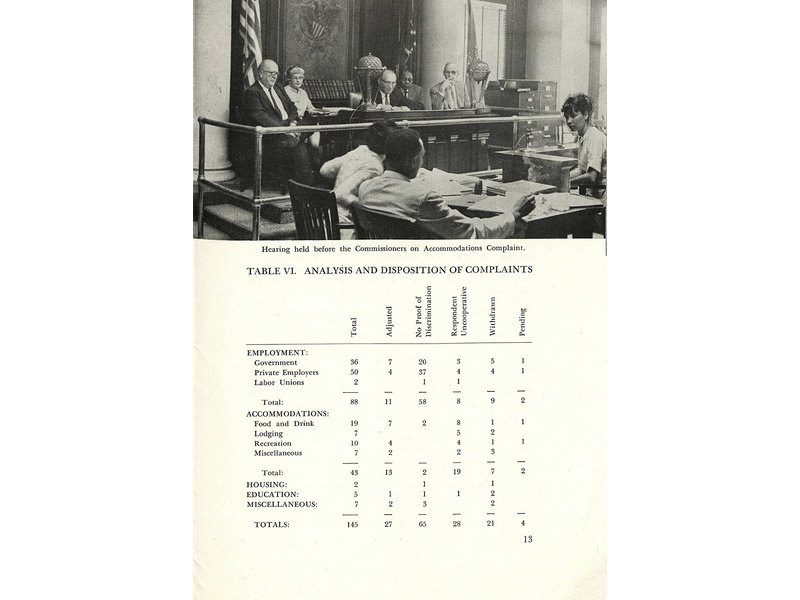070 protest emigration hijrat

"Protest emigration, called hijrat in India, is a deliberate emigration from the jurisdiction of the State responsible for certain injustices or oppression in the eyes of the resisters with the objective of expressing their disapproval and protest by this complete severance of all forms of social cooperation. Hence, only certain special cases of emigration are included here. It is sometimes intended to be permanent and at other times is intended to be temporary, especially where the opponent needs cooperation of some type from the emigrants. Joan Bondurant calls this method “voluntary exile.” 109 Arabic in origin, the term hijrat (also spelled hizrat) derives from hejira, the flight of Mohammed from Mecca to Medina, which he chose instead of submission to the tyranny in Mecca.110"...
High scoring campaigns using this method
Historical cases from the Nonviolent Action Database that used this method
East German protest emigration and Hungarian solidarity, 1989
“The pulling down of the Berlin Wall began in Sopron,” stated Lothar de Maiziere, East Germany’s last prime minister.\n\nOn the outskirts of Sopron, a small town on the border between Communist Hungary and democratic Austria, they had a picnic – a mo...
East Germans protest for democracy (The Peaceful Revolution), 1988-90
In 1988, the German Democratic Republic (GDR) had been under Soviet rule for more than 40 years, and the Berlin Wall had stood erect for nearly 30. Strict Socialist rule meant extreme limits on speech and action. Travel outside the country was prohib...
Plebeians campaign at Sacred Mount for economic and political rights, Ancient Rome, 494 BCE
The plebeians made up the majority of the citizen population of Ancient Rome and occupied the economic range anywhere below the ruling Patrician class and above the slave class. A Senate made up of 100 men from traditional patrician families and 200 ...
Plebeians win victory for the rule of law in Ancient Rome, 449 BCE. (See also 494 campaign.)
One of the most fundamental characteristics of civilization is the rule of law. For the last few millennia, it has been recognized that as levels of human organization expand past the size of tribes and villages into more complex societies such as ci...
Sierra Leone citizens defend democracy, 1997-1998
Sierra Leone is a West African country of 6 million people. Now a constitutional democracy, dictators and one-party governments ruled for decades and the people endured periods of civil war.\n\nIn 1996 the country had its first multiparty elections a...
Nicaraguan Christians campaign for peace during Contra War, 1983-1989
On July 19, 1979, the Nicaraguan revolution succeeded in overthrowing one of Latin America’s most long-lasting dictatorships: the Somoza dynasty. Leading the popular uprising was the Sandinista Front for National Liberation (FSLN) – a leftist revolut...
Sons of Freedom Doukhobors of Saskatchewan win communal land-holding, Canada, 1900-1907
The Doukhobors are a group of Russian peasants who left the Orthodox Church following a schism and were named “douko-borets," meaning “spirit wrestlers.” Their Christian beliefs led them to adopt principles of pacifism, communal living and the sharin...
Colombians protest Free Trade Agreement with United States, 2006
The United States proposed the enactment of a Free Trade Agreement (FTA) with Colombia in 2004. The United States said that, by lowering the tariffs in a few markets and by making the majority of the other markets entirely duty-free, it could become ...
Low scoring campaigns using this method
Historical cases from the Nonviolent Action Database that used this method
Colombians protest Free Trade Agreement with United States, 2006
The United States proposed the enactment of a Free Trade Agreement (FTA) with Colombia in 2004. The United States said that, by lowering the tariffs in a few markets and by making the majority of the other markets entirely duty-free, it could become ...
